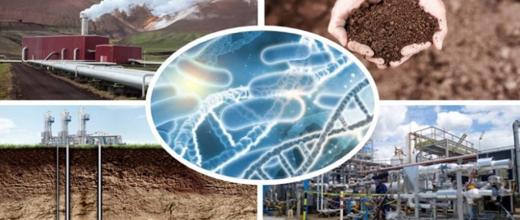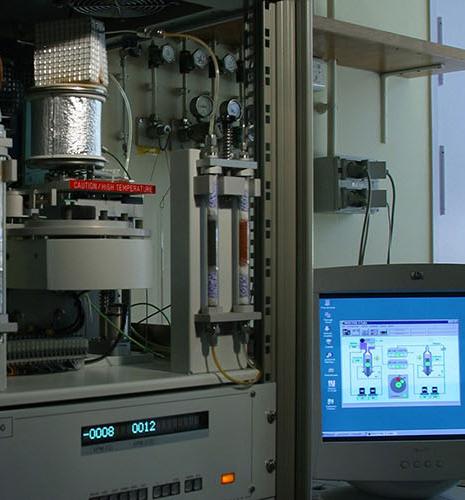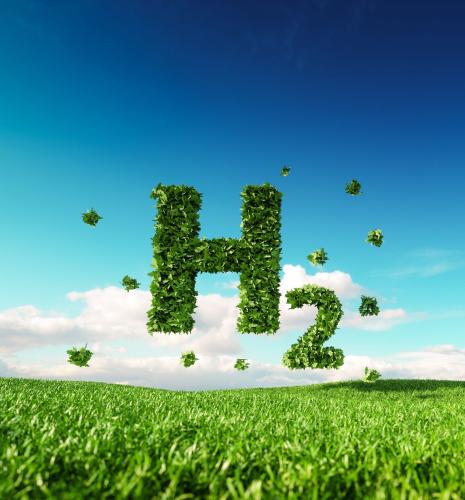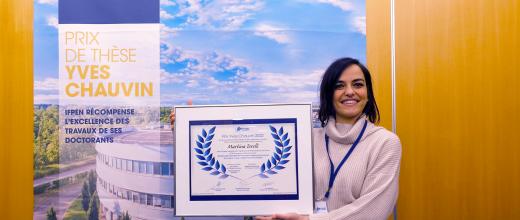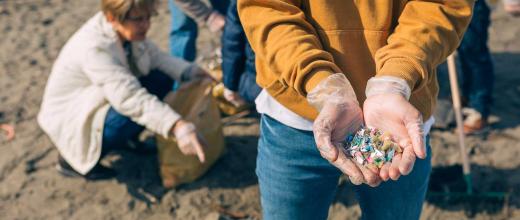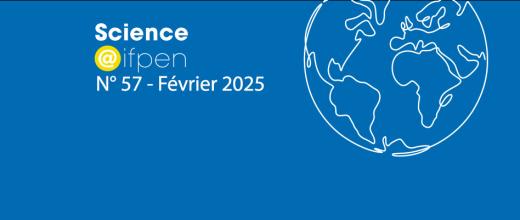
News in brief
Knowledge and description of sedimentary systems
Sedimentary budgets: concept, methods and integration in basin analysis on a land-sea continuum In a given sediment compartment , the sedimentary budget consists in evaluating sedimentary inputs, transfers and exports, and equating them to the net gain or loss over a specified period of time Sedimentary budgets are very widely used in geosciences. when integrated on a larger scale, they offer the possibility of acquiring a global vision of sedimentary systems.

News in brief
Organic matter characterization
Analytical methodologies for the characterization of organic matter : Application to the characterization of complex reservoir source rocks, oils, lubricants, polymers, microplastics, corrosion inhibitors and solid deposits present in geothermal energy facilities
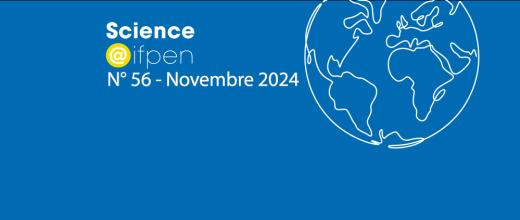
News in brief
Natural hydrogen: subsurface accumulation process - Example of the Bourakebougou H2 field in Mali
In the current drive to find ways to produce inexpensive, green hydrogen, the natural hydrogen found underground is attracting growing interest as a component of a new energy mix. In Mali, the Bourakebougou field is the emblematic benchmark for natural underground hydrogen accumulations of this type today: 25 exploratory boreholes have demonstrated its presence in high concentrations (98 mol%), both in a geological reservoir located around one hundred meters below the surface and in other reservoirs at greater depths. In order to better characterize these reservoirs and the hydrogen retention and preservation processes at play, PhD research was conducted at IFPEN, in partnership with the field operator Hydroma...

News in brief
“Continental” natural hydrogen: better understand in order to better harness its potential
For the last ten years or so, geologists have been fascinated by the natural hydrogen (H2) emitted within “cratons”, in the heart of continents. While its presence in subsurface has been identified in many places around the globe, it remains to be ascertained whether the use of this decarbonized energy source is likely to be economically viable. To answer this question and then identify the drilling sites with the greatest potential, large-scale quantification of this resource requires the use of modelling. (...) This PhD research set about examining the issue, taking as its subject the North American Midcontinent Rift System (MRS) composed of ancient rocks (over 1 billion years old) and extending over thousands of kilometers.
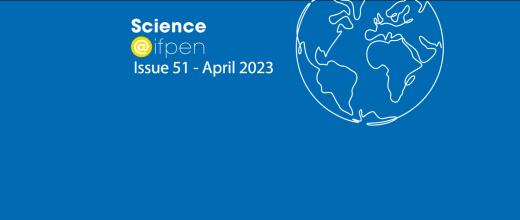
News in brief
SC5 - Vulnerability of peatlands to climate change
Peatlands only occupy 3% of the earth’s surface but contain more than 25% of the organic carbon stored in the surface layers of the subsoil. Plant matter accumulates slowly there and undergoes a slow decomposition process under the effect of a water-saturated, oxygen-poor environment. Therefore the peat can still decompose and is particularly vulnerable to environmental changes...
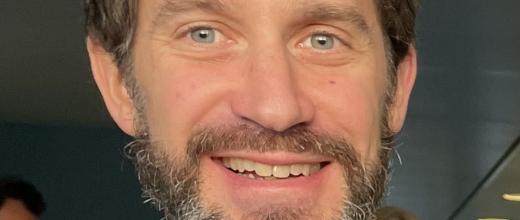
Individual page
Sébastien ROHAIS (PhD)
Sébastien Rohais is geologist from the Albert-de-Lapparent Geological Institute (IGAL, UniLaSalle, MSc 2002), MSc from the National School for Petroleum and Engines (ENSPM, IFPSchool, 2003), doctor
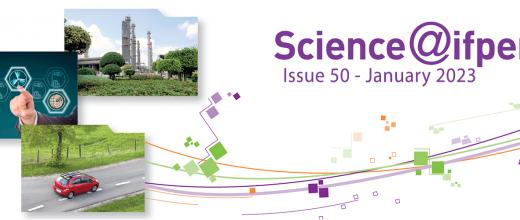
News in brief
Natural gas in marine sediments: a climate issue?
Just like carbon dioxide (CO2), but with a much higher GWPa, methane CH4) is a gas which, according to the IEAb, is responsible for around 30% of the increase in global temperatures since the industrial revolution...
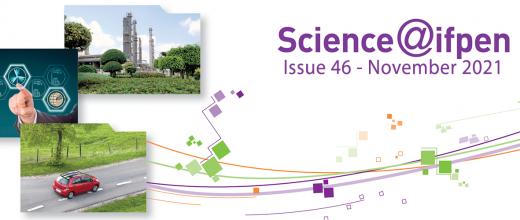
News in brief
Underground modeling: an essential step for the energy transition
To address the challenges of the energy transition, the subsurface has an important role to play, both in terms of providing resources and offering storage solutions. (...) Numerical models can help gain a better understanding of the subsurface with a view to its long-term management and optimal use. Developed for a number of years now at IFPEN, initially for the petroleum industry, such models cover scales ranging from the sedimentary basin to the reservoir...

News in brief
Global change, impact on landscapes and water resources
Today, the impact of climate change and human activities on the evolution of landscapes and water resources is a major challenge. Predicting it requires dedicated tools capable of evaluating, 100 years ahead, the consequences of different scenarios on watersheds and groundwater. To this end, IFPEN is developing modeling approaches targeting erosion-transport-deposition phenomena combined with surface and subsurface flows. ...

News in brief
Rock-Eval®: supporting soil research for the climate challenge
One way to decrease the amount of atmospheric CO2 is to reduce greenhouse gas emissions of fossil origin, but it is also possible to increase the quantities of carbon stored in the soil. (...) In the current context of climate change, understanding the evolution of carbon in the ground is critically important. It is for this reason that IFPEN wanted to study the potential offered by Rock-Eval®, a flagship of oil research...



